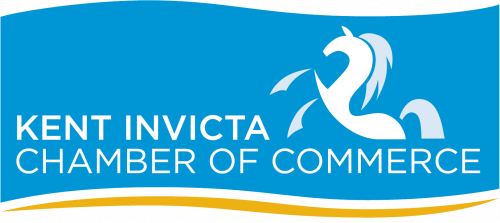Value Stream Map: Does Your Business Have One?
In the pursuit of operational excellence, there exists a beacon of guidance that transcends industry boundaries, the Value Stream Map (VSM). This indispensable tool, born from the forge of Lean methodology, has proven its mettle in illuminating pathways to efficiency, waste reduction and continuous improvement across a multitude of sectors. Join me in this blog as we take a shallow dive in the warm, tropical waters of continuous improvement, and look at the profound significance of Value Stream Mapping and why it is an essential asset for every business.
At its core, a Value Stream Map (VSM) is not simply a diagram, it is similar to a detailed architectural blueprint, meticulously tracing the intricate journey of value creation from the initial spark of customer demand to the ultimate fulfilment of their needs. Imagine it as a magnifying glass, zooming in on each step of a process with precision and clarity. Every stage, from the moment a customer places an order to the final delivery, undergoes thorough scrutiny. It’s like peeling back the layers of an onion, revealing hidden inefficiencies and wasteful practices that lurk beneath the surface.
One of my favourite VSM’s that I was involved in was in a parcel processing plant in the UK. Picture a conveyor belt moving parcels from one part of the building to another, each parcel passing through many checkpoints, undergoing various handling and processing steps before reaching its destination. Now, imagine dissecting this process into its constituent parts, examining each task, movement, decision point and cycle times (complete duration it takes for a single parcel to progress through a specific process or operation). This is precisely what a VSM accomplishes. It dissects the entire value stream, laying bare every aspect of the process to scrutiny. It’s an incredibly powerful visual exercise to understand exactly what happens in a workplace.
As we delve into the depths of the value stream, we uncover inefficiencies that may have gone unnoticed, like a detective unravelling clues in a complex case. We identify redundant steps, unnecessary delays and areas where resources are squandered. It’s like shining an imaginary bright light into the darkest corners of the operation, illuminating opportunities for improvement and paving the way for transformative change.
In essence, a VSM serves as a diagnostic tool, a powerful instrument that enables organisations to diagnose the health of their processes with precision and clarity. By revealing inefficiencies and waste, it empowers businesses to make informed decisions, streamline operations and deliver greater value to their customers.
But why should every business embrace Value Stream Mapping? The answer lies in its capacity to drive operational excellence and a competitive advantage. By providing a holistic view of business processes (as they really are over what you think they are), VSM empowers organisations to:
Identify and Eliminate Waste: By shining a spotlight on non-value adding activities, VSM enables businesses to streamline processes, reduce cycle times and enhance efficiency.
Enhance Customer Satisfaction: Through faster order fulfilment, improved quality and enhanced responsiveness, businesses can elevate customer satisfaction and loyalty.
Drive Continuous Improvement: With VSM serving as a compass, organisations can embark on a journey of relentless improvement, iteratively refining processes and optimising performance. This is low-cost stuff too, I’m talking about small incremental changes that have significant impacts on process performance.
Returning to my experience at the parcel processing plant, the bustling facility sprang into action with the arrival of each pallet of parcels, setting off a chain reaction of intricate tasks, from sorting and routing to dispatch. Implementing Value Stream Mapping proved transformative. We pinpointed bottlenecks, streamlined workflows and notably, increased the number of routes dispatched per hour. The outcome? Swift processing, lowered costs and customers thrilled to receive their parcels earlier in the day.
The crux of our success? The VSM wasn’t crafted by me or a distant manager in an office. It was the collaborative effort of a diverse team. Frontline operators, supervisors, delivery drivers and work area managers came together. Rather than dictating solutions, my role was to ignite critical thinking through probing questions and provide the necessary tools and support for the team’s journey.
What set this exercise apart was its tactile nature. Over three days, we eschewed laptops and screens in favour of a tangible approach, adorning a large wall with post-it notes. The visual spectacle not only captivated but was comprehensible to all involved. On the third day, the team proudly presented their work to senior leaders and stakeholders, a testament to their ownership and commitment.
This approach exemplifies the essence of continuous improvement. Empowering teams to take ownership, collaborate, innovate and drive meaningful change. It’s not just about optimising processes, it’s about fostering a culture of ownership, innovation and excellence.
However, the journey towards success with Value Stream Mapping is not without its hurdles. Common pitfalls, such as failing to address root causes or lacking stakeholder buy-in, can impede progress and diminish the effectiveness of VSM initiatives. Research by McKinsey & Company in 2019 indicates that only 26% of transformation initiatives succeed in achieving their desired outcomes because of these pitfalls. To navigate these challenges effectively, organisations must cultivate a culture of collaboration, data-driven decision-making and an unwavering commitment to continuous improvement.
Central to overcoming these obstacles is the involvement of those closest to the work, the frontline operators, supervisors and managers who possess invaluable insights into the intricacies of the process.
Research conducted by the Harvard Business Review in 2020 found that organisations that actively involve frontline employees in improvement initiatives are 4.6 times more likely to report successful outcomes compared to those that do not. This statistic underscores the critical importance of engaging frontline staff in the improvement process, highlighting their invaluable contributions to achieving tangible results. Conversely, initiatives undertaken without their involvement are at a significantly higher risk of falling short of their objectives and failing to deliver the desired impact.
Moreover, a data-driven approach is essential for identifying root causes and making informed decisions. According to a survey by PwC in 2020, organisations that leverage data analytics are 1.5 times more likely to achieve successful outcomes in their improvement initiatives. By harnessing the power of data, organisations can uncover hidden inefficiencies, prioritise improvement opportunities and monitor progress effectively. In the wise words of Professor Hajime Yamashina “a person without data is just another person with an opinion.”
Ultimately, the success of Value Stream Mapping hinges on an organisation’s commitment to continuous improvement. As renowned management guru Peter Drucker once said, “What gets measured gets managed.” By establishing clear metrics, setting targets and regularly reviewing progress, organisations can ensure that their VSM initiatives remain on track and deliver tangible results.
My conclusion, while Value Stream Mapping presents a powerful tool for process improvement, its success depends on an organisation’s ability to address challenges effectively. By fostering a culture of collaboration, leveraging data-driven insights and maintaining a steadfast commitment to continuous improvement, organisations can overcome obstacles and unlock the full potential of VSM to drive meaningful change and achieve sustainable results.
Leveraging my extensive experience and expertise in continuous improvement methodologies, I hold a Lean Mastery accreditation from the esteemed British Quality Foundation. Throughout my career, I have dedicated myself to supporting and developing individuals and organisations to achieve excellence. My specialisation lies in assisting businesses like yours in identifying opportunities and fostering a dynamic culture of continuous improvement. With a proven track record of success, I am committed to guiding your organisation towards sustainable growth and operational excellence.
To learn more about how I can support you on this journey, visit www.eversolean.com or email me matt@eversolean.com. Let’s connect and explore how we can work together to create a brighter future for your organisation.


